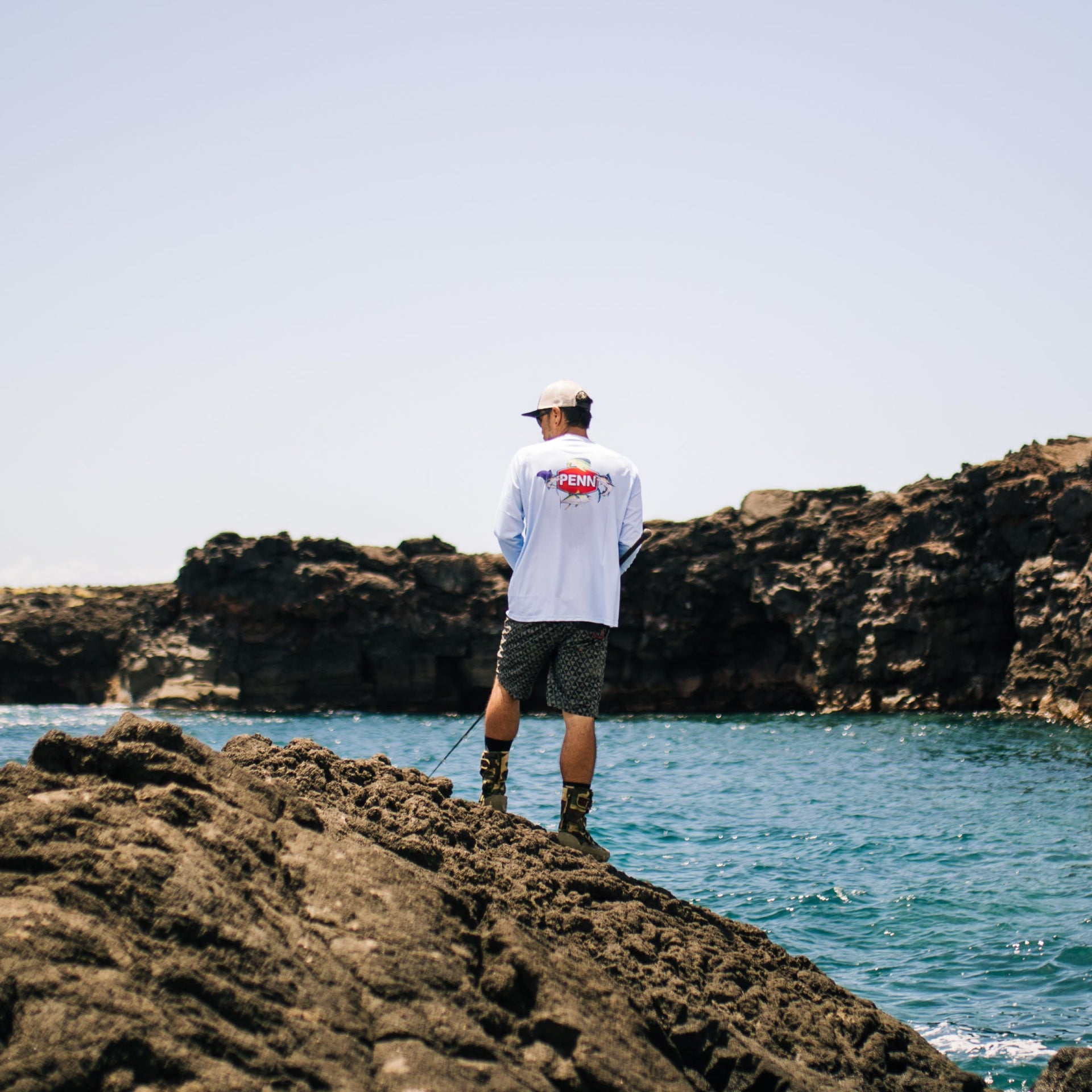
Witness our PENN Fleet Anger Team in Maui take on the raw power and aggression of one of the most revered fish in the entire ocean.
Read More
Your cart is currently empty.
Stock up on what you need for your next adventure.
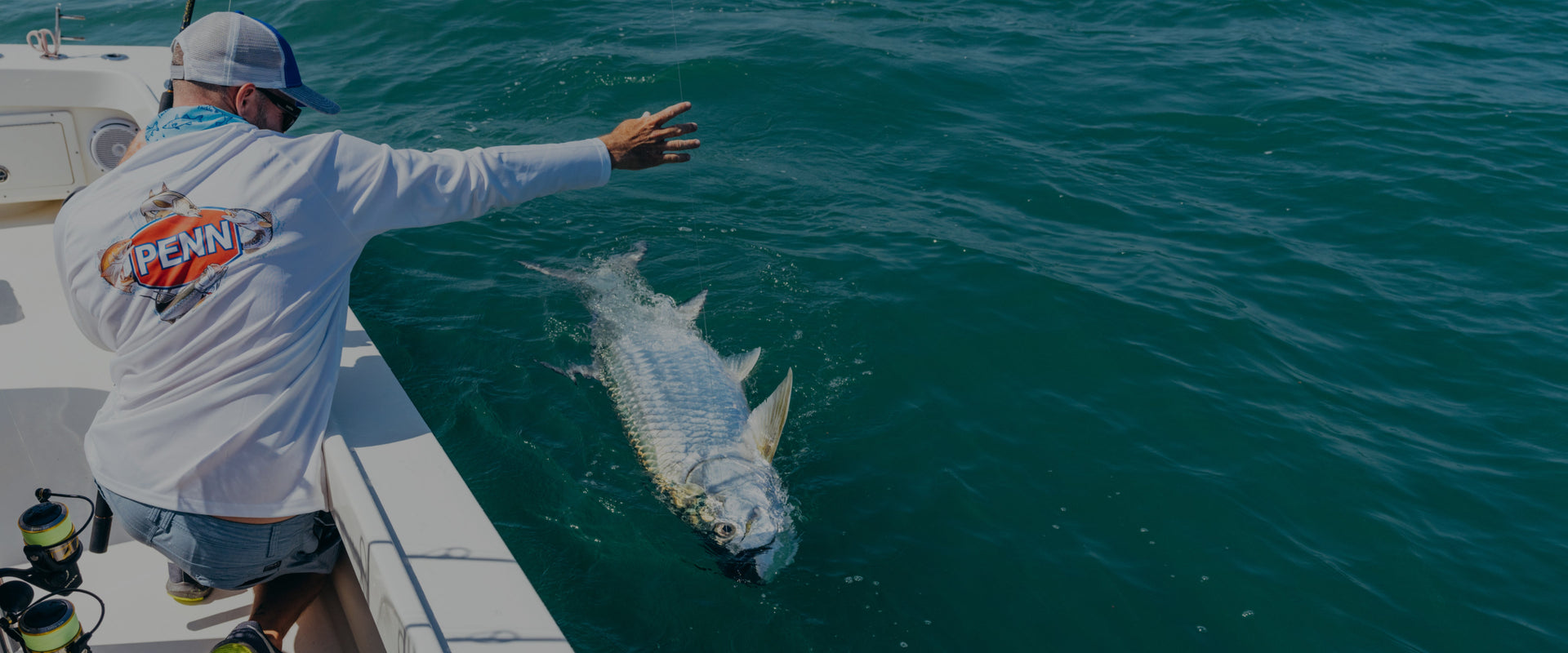
20 Stories

Witness our PENN Fleet Anger Team in Maui take on the raw power and aggression of one of the most revered fish in the entire ocean.
Read More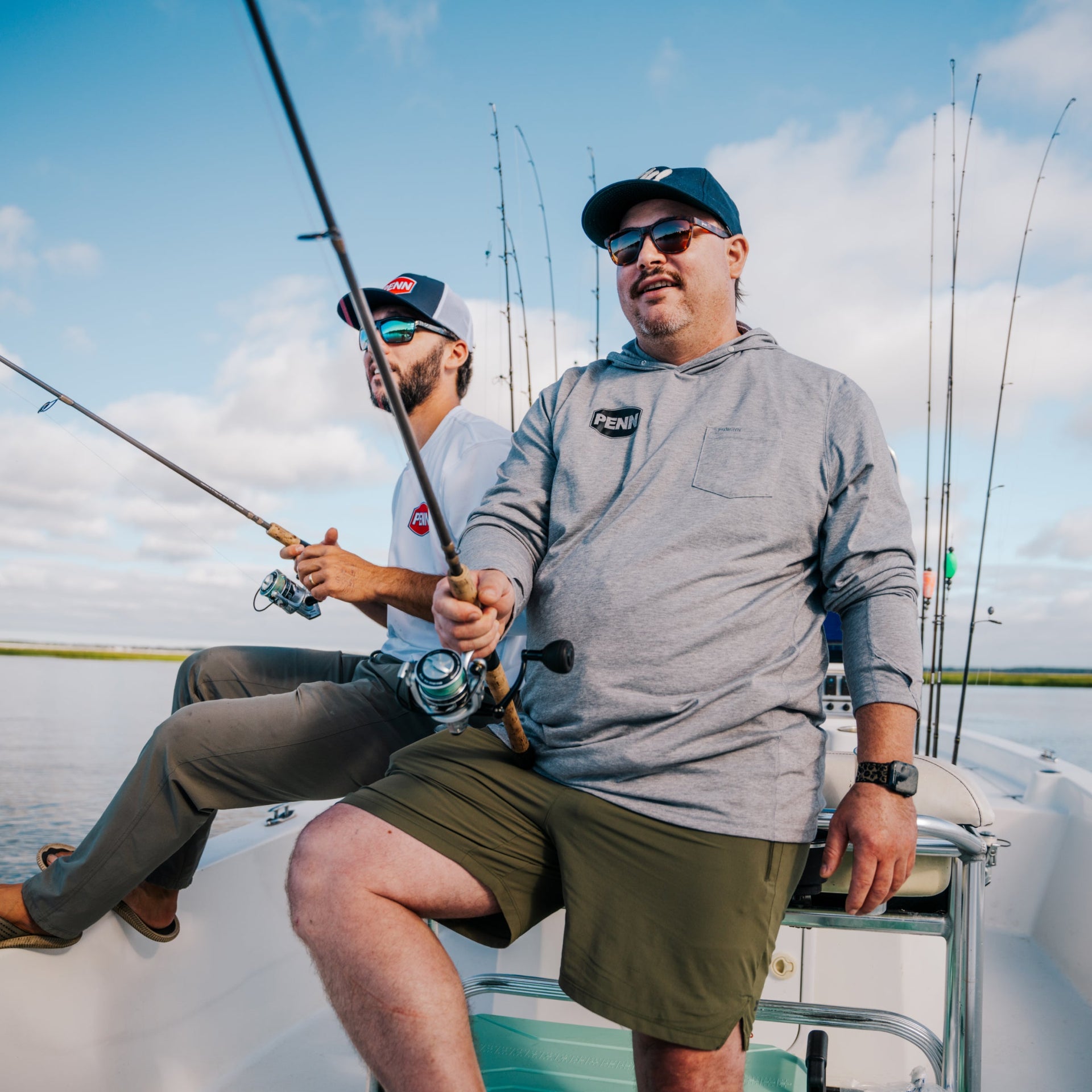
Dive into seafood sustainability with a focus on local fisheries and how they shape the culinary world.
Read More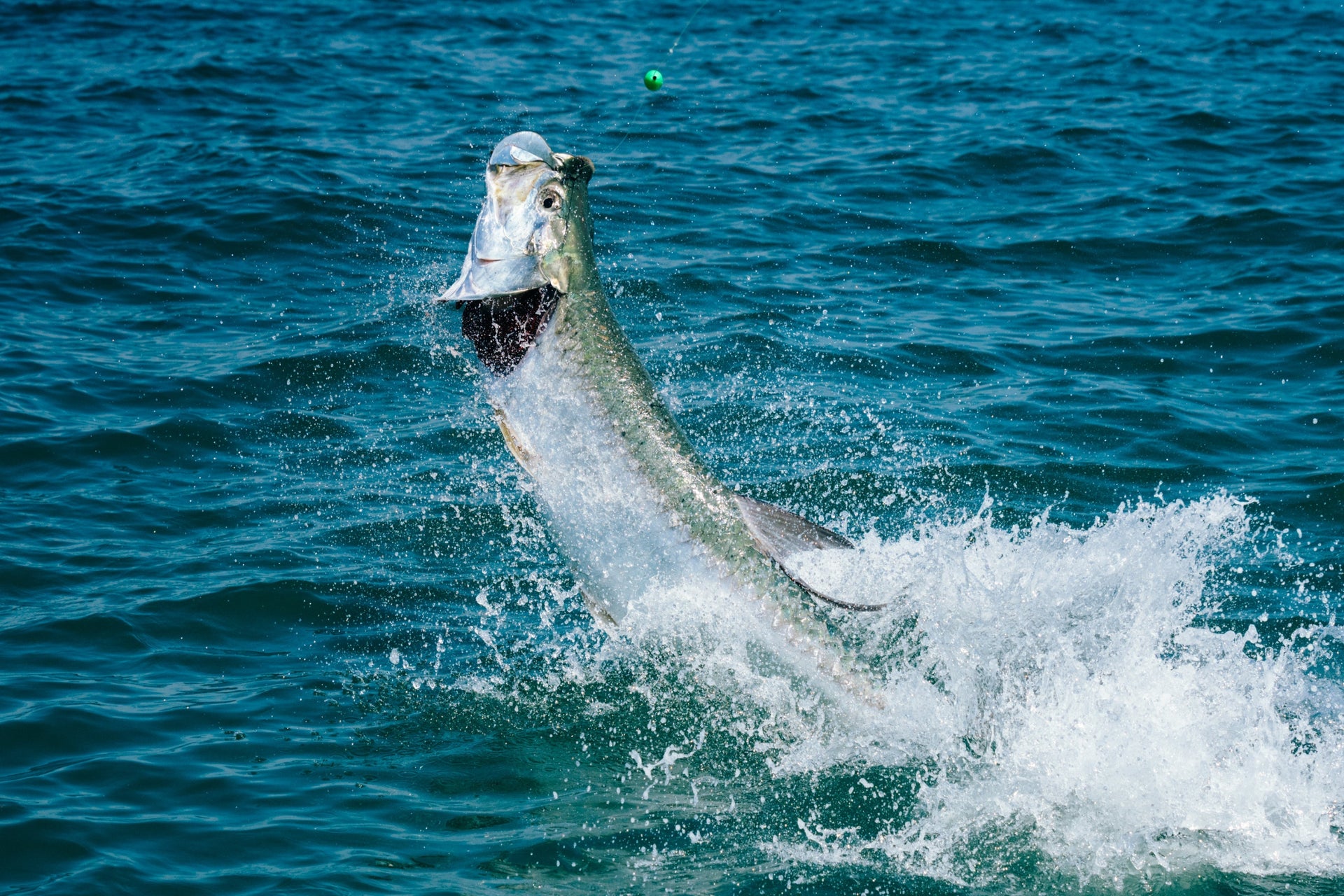
Follow Captain Kleppinger’s expertise in targeting tarpon, the "silver king" of saltwater fishing.
Read More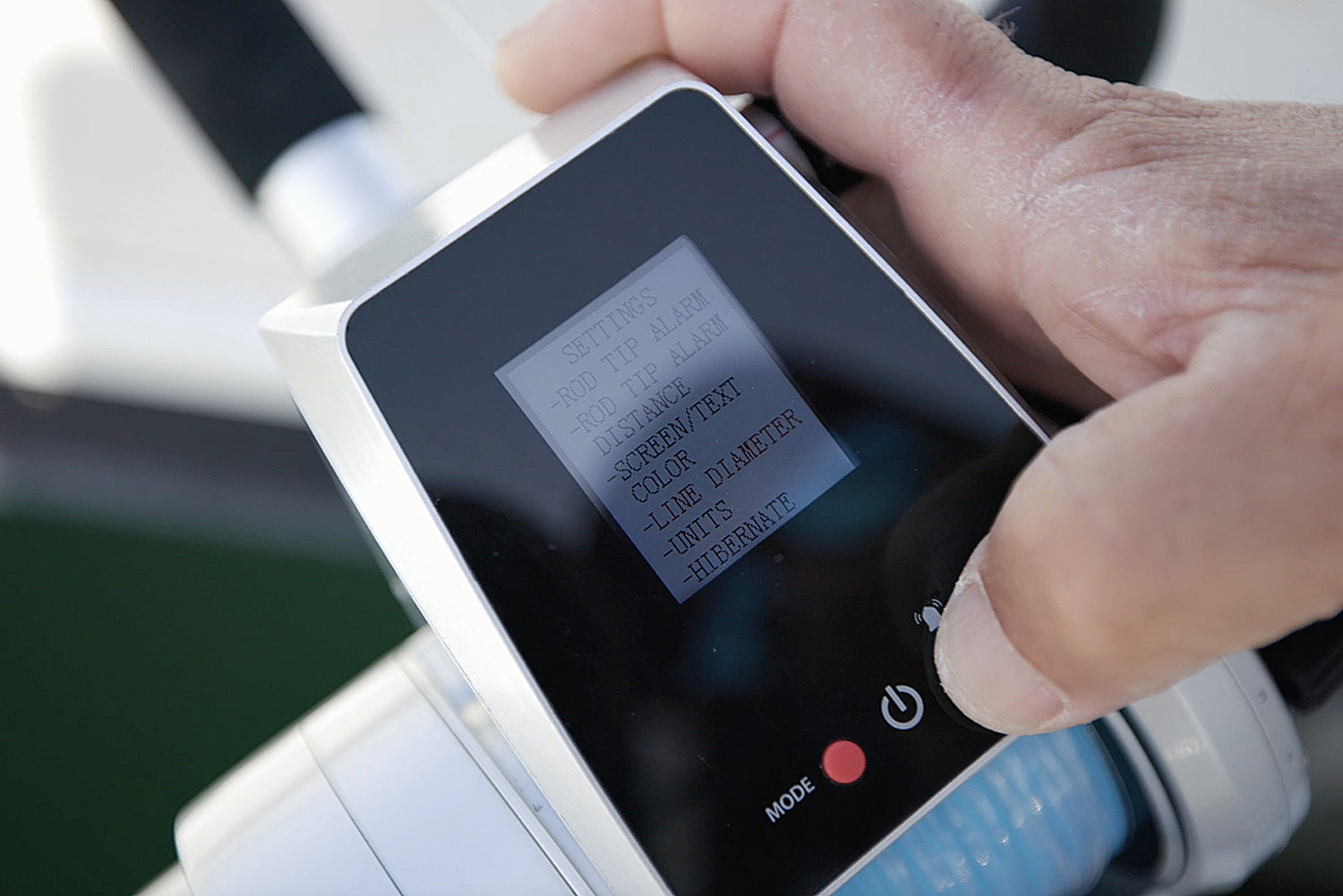
Learn kite fishing tips from Quinton Ali, maximizing your catch with this unique and exciting fishing method.
Read More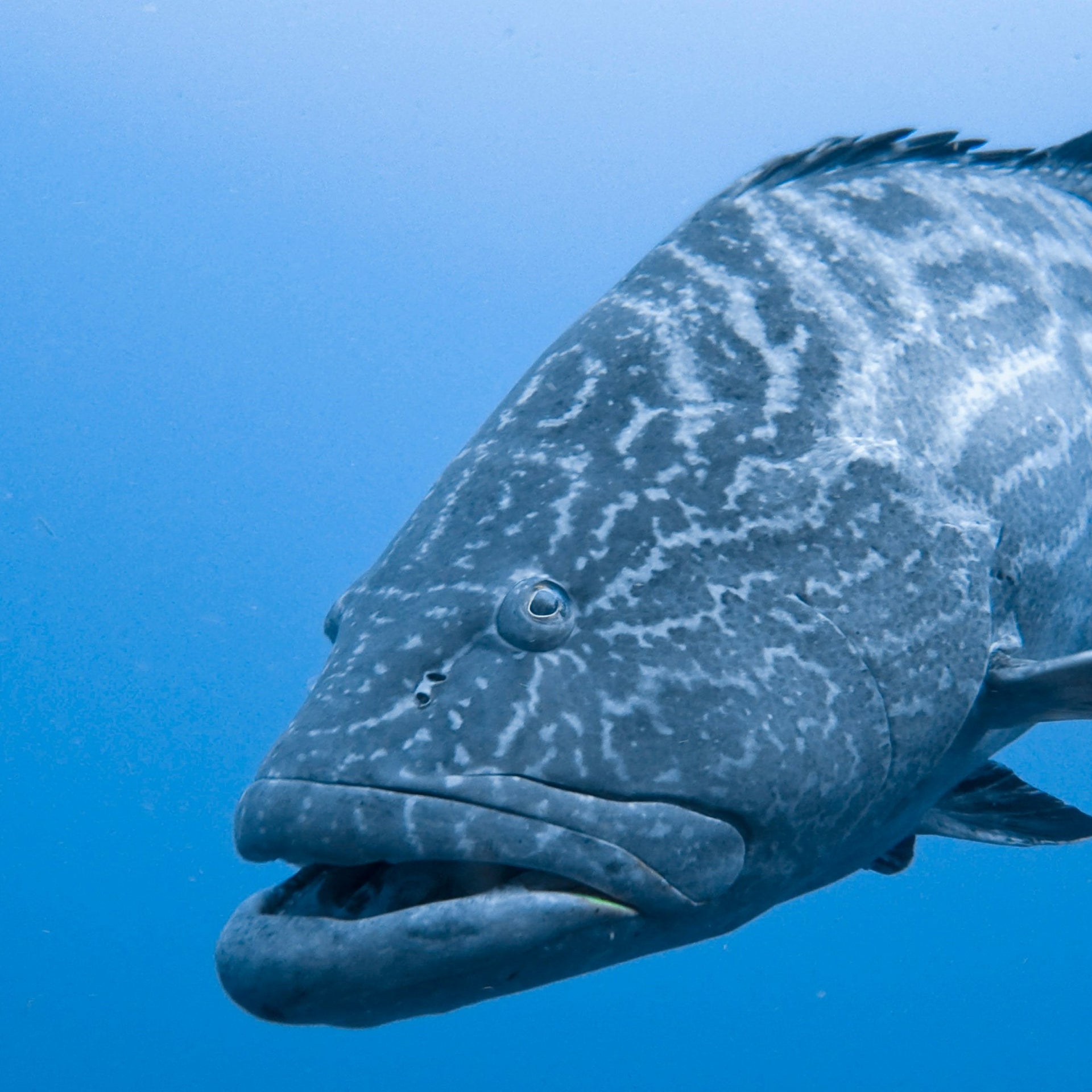
Captain Burbach shares his expertise on fishing in the Gulf, earning the title of “Goat” with his unmatched skills.
Read More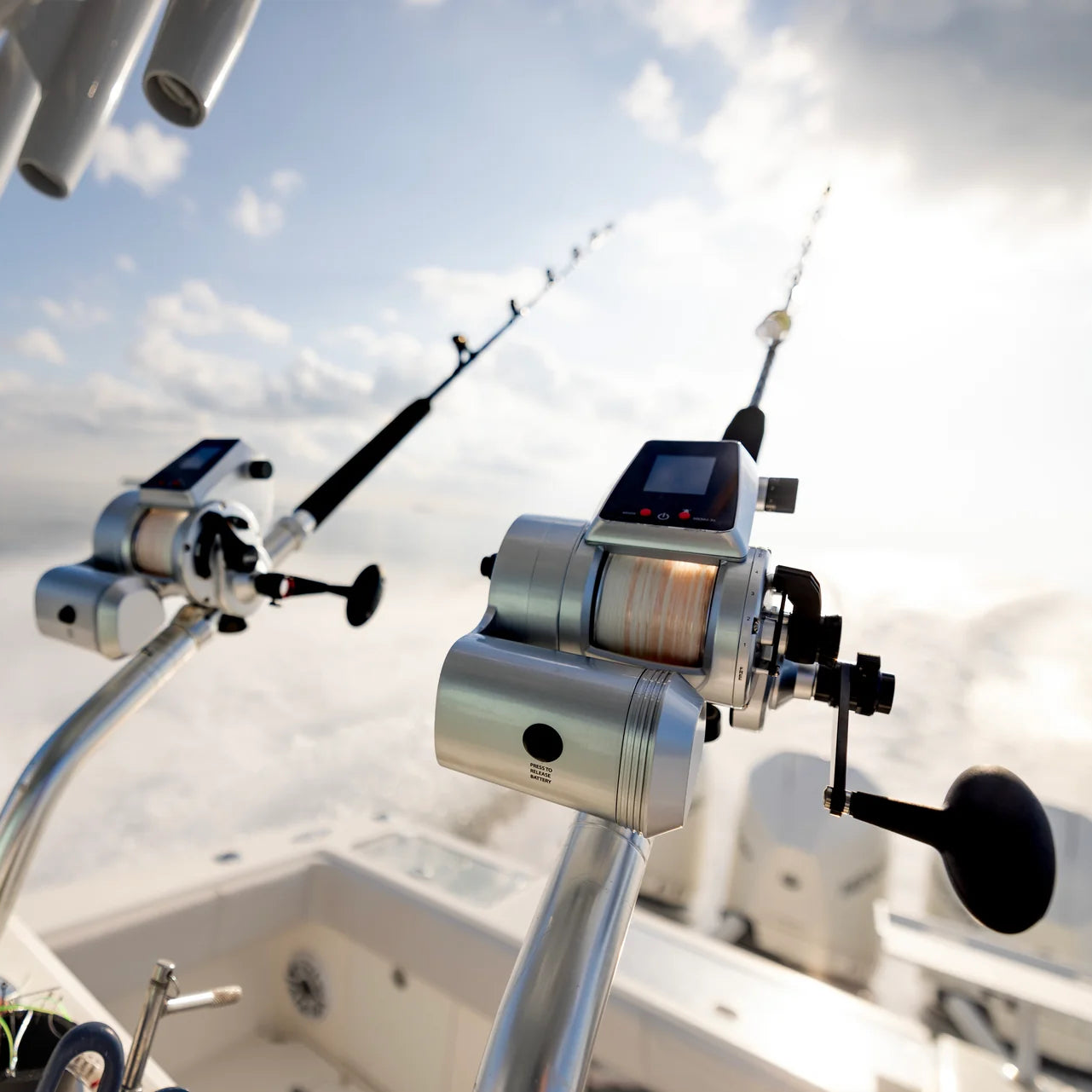
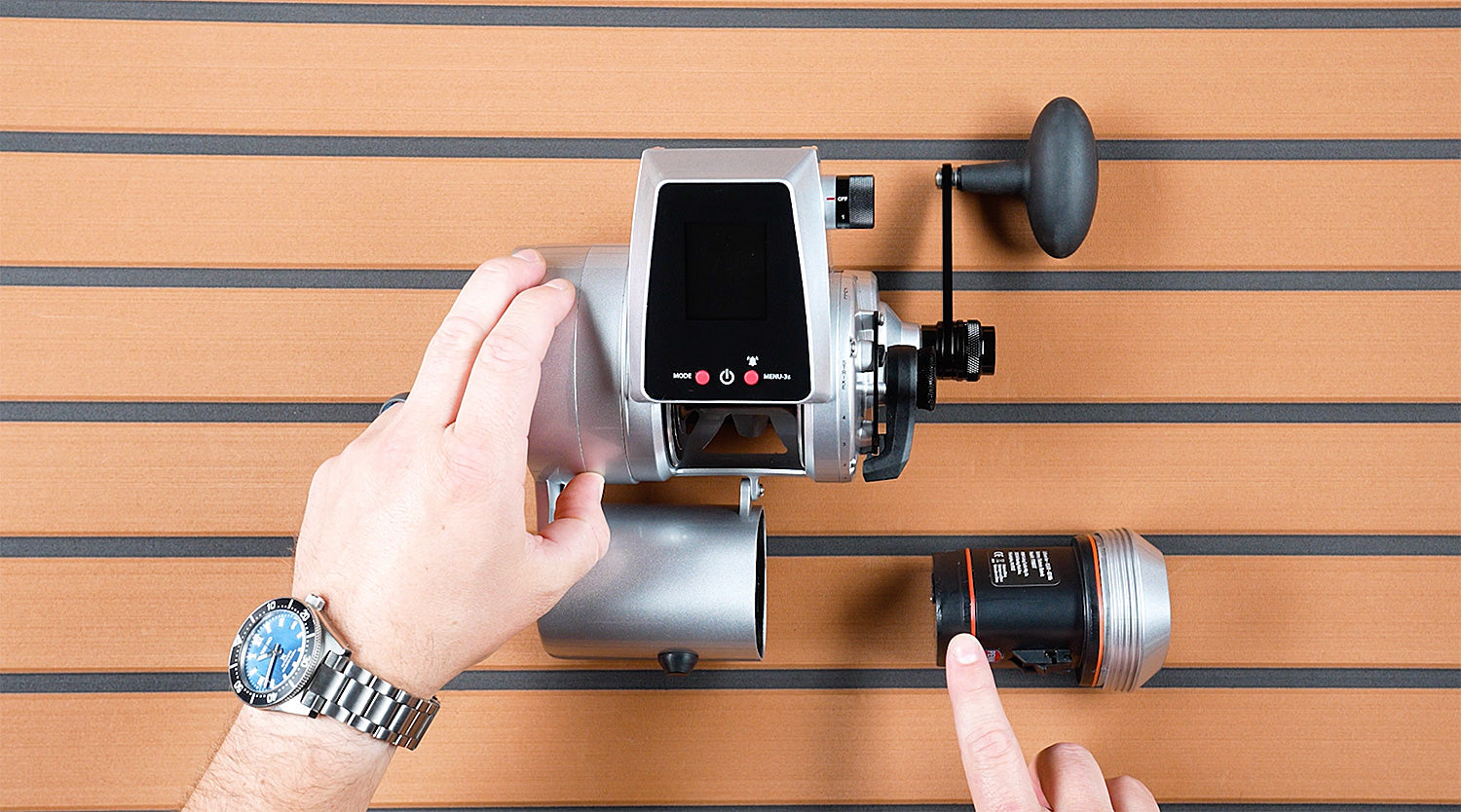
A guide on setting up the Penn Fathom™ electric reel kit for effortless deep-sea fishing.
Read More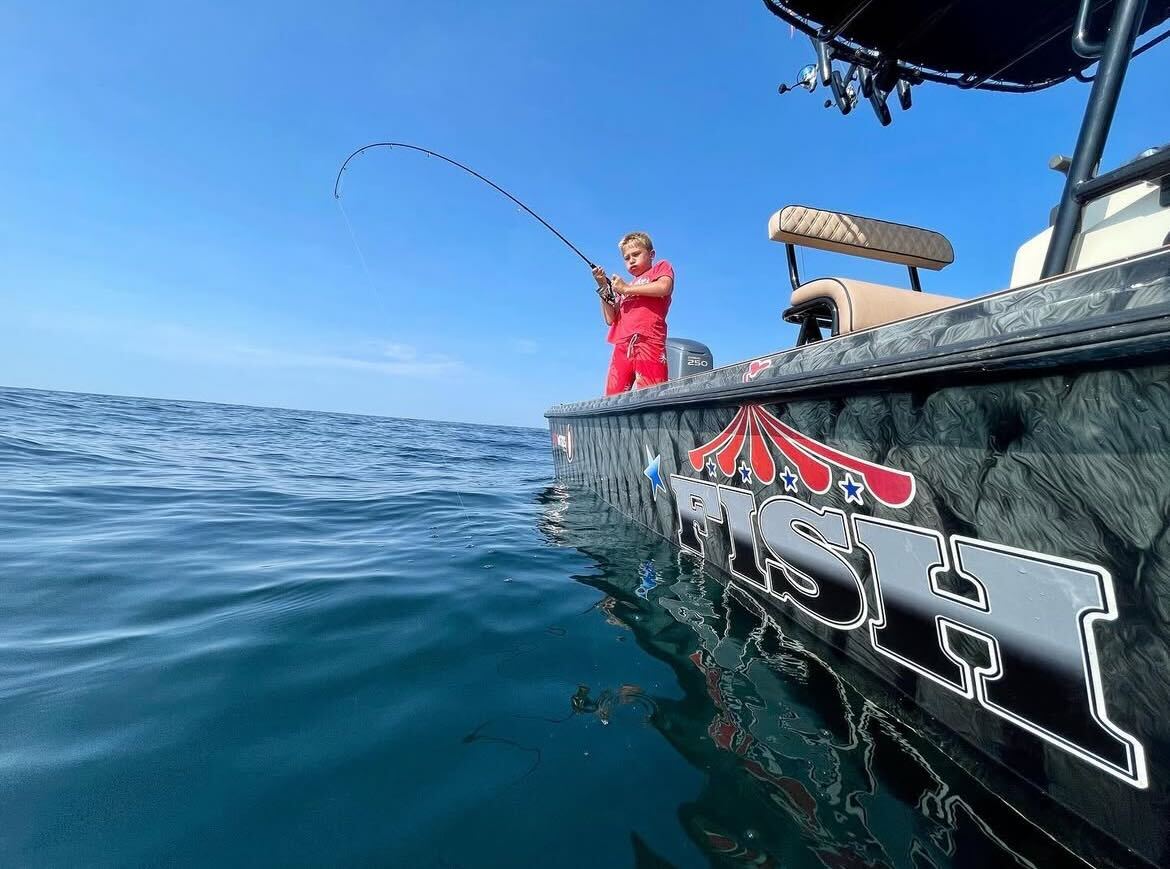
Captain Schunke discusses his passion for fishing and creating content, inspiring anglers everywhere.
Read More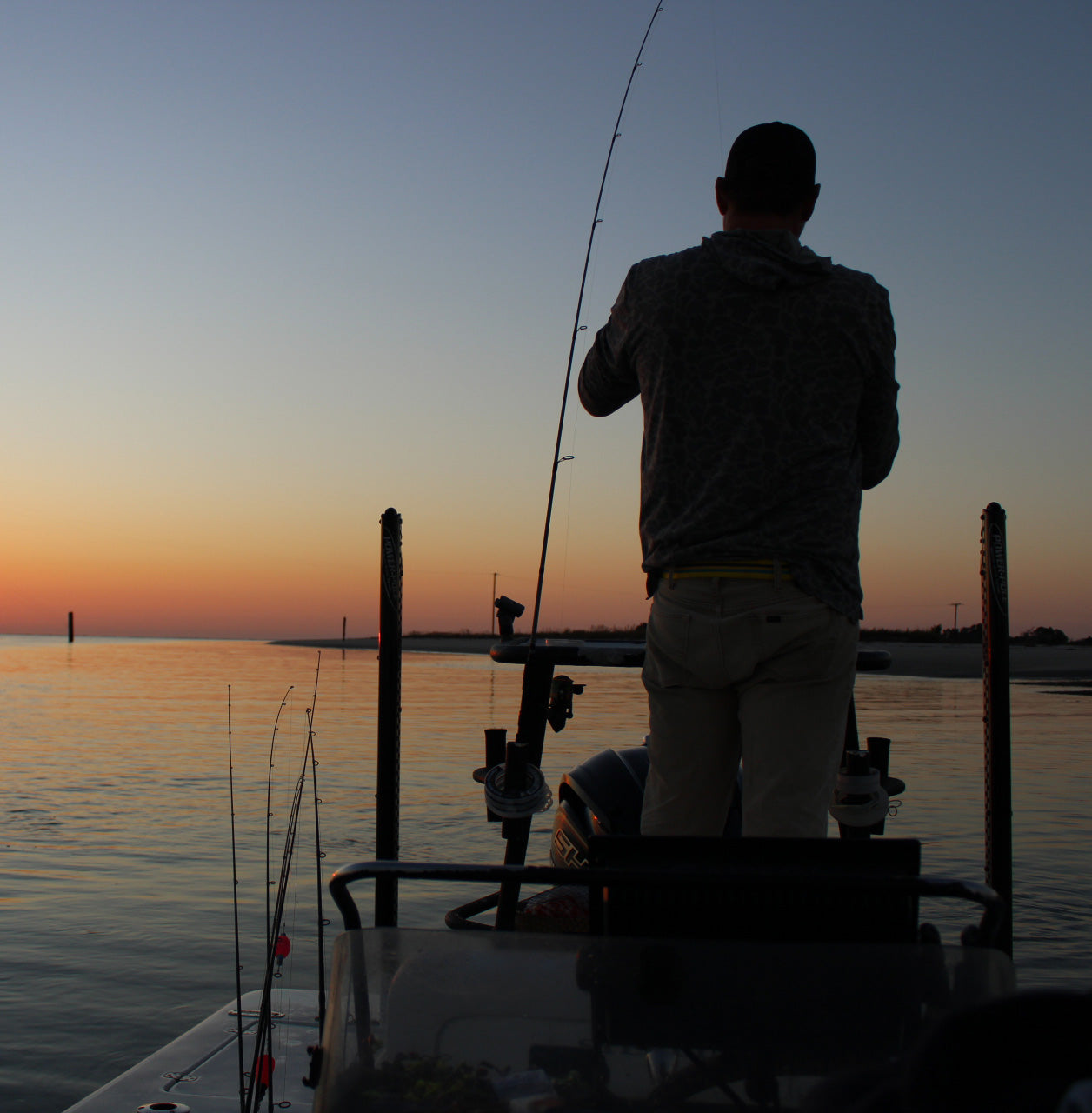
Get a glimpse into Captain Jamie Hough's fishing adventures, offering tips and insights from his expert experience.
Read More
Explore how fishing impacts sustainability and culinary experiences, from ocean to plate.
Read More
Join Captain Pellegrin on his journey to catch record-breaking snappers and learn fishing tips along the way.
Read More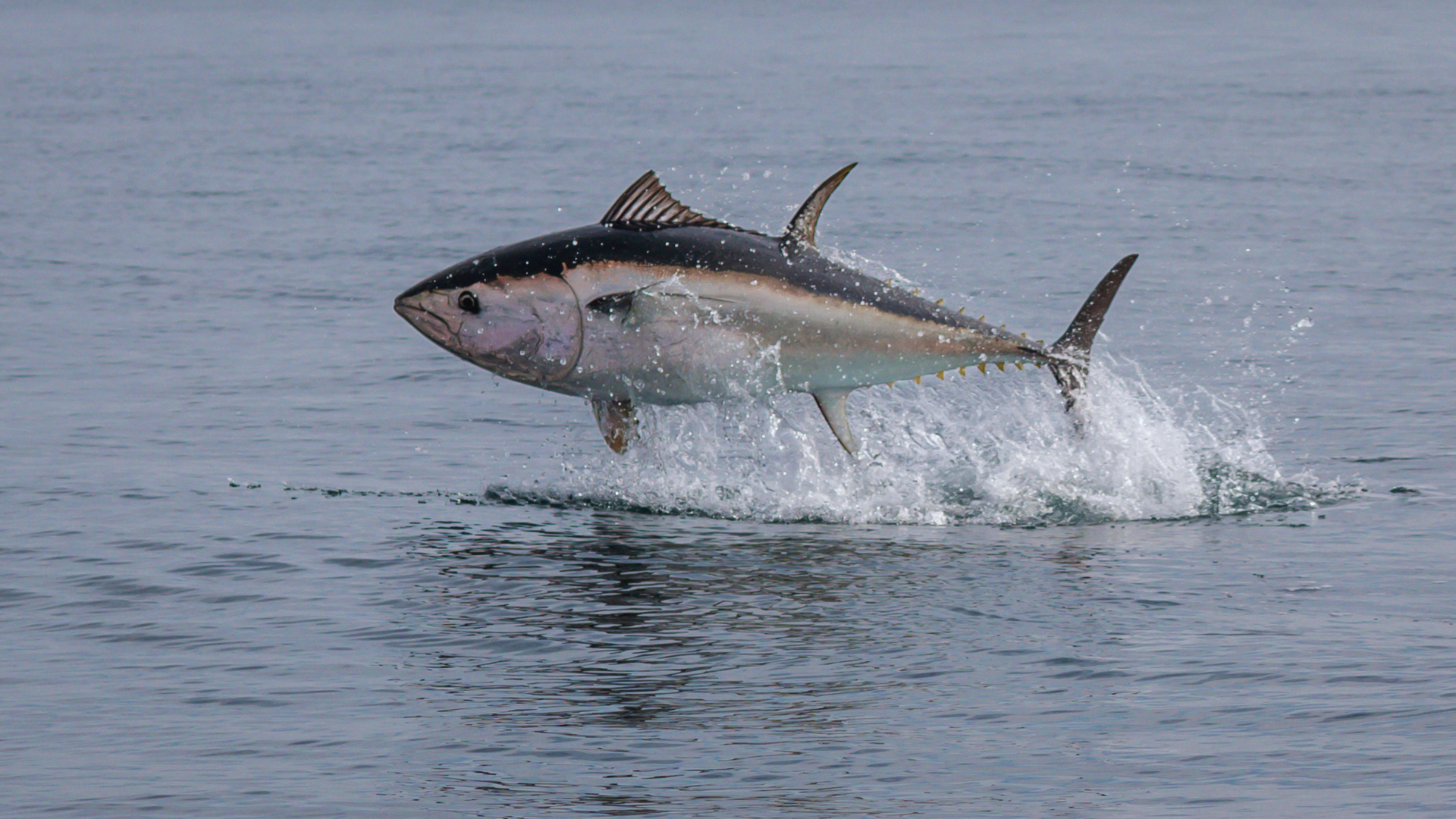
Follow Captain DeCabria’s fishing journey, with insights on technique and gear that make him a standout captain.
Read More
Join a world champion redfish angler for tips on catching trophy-sized fish in the bayou.
Read MoreShowing 14 of 20